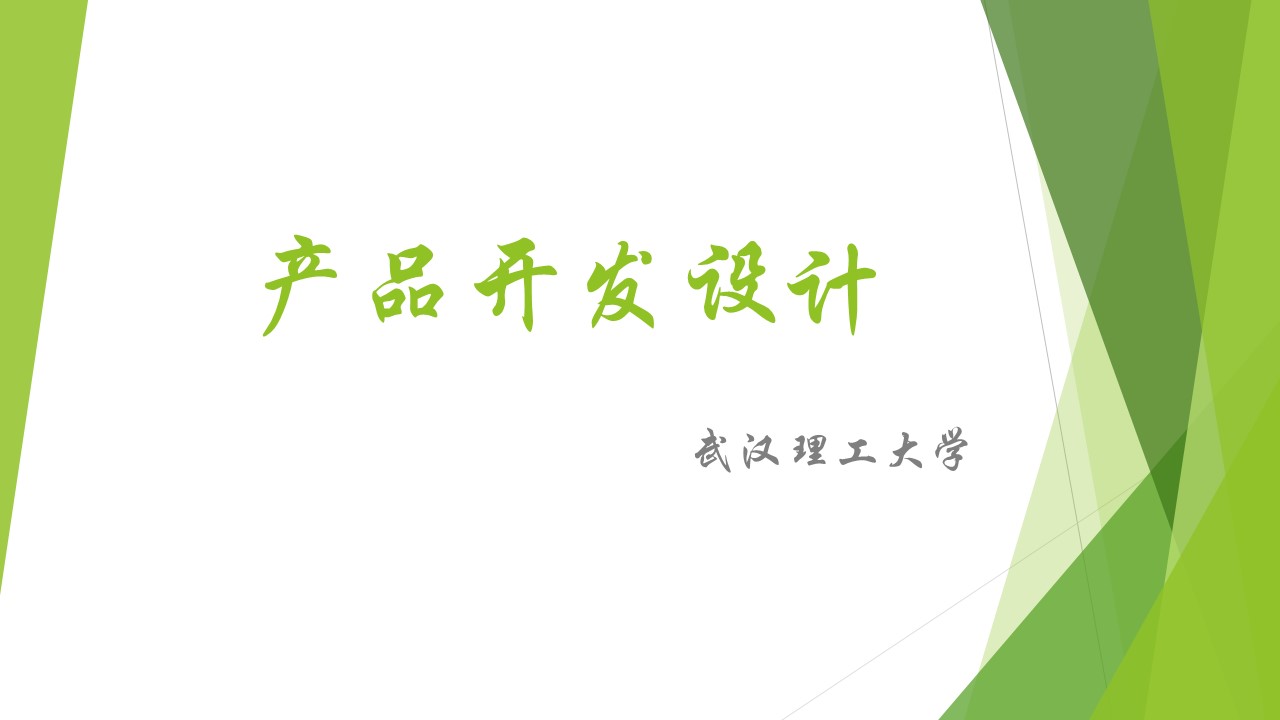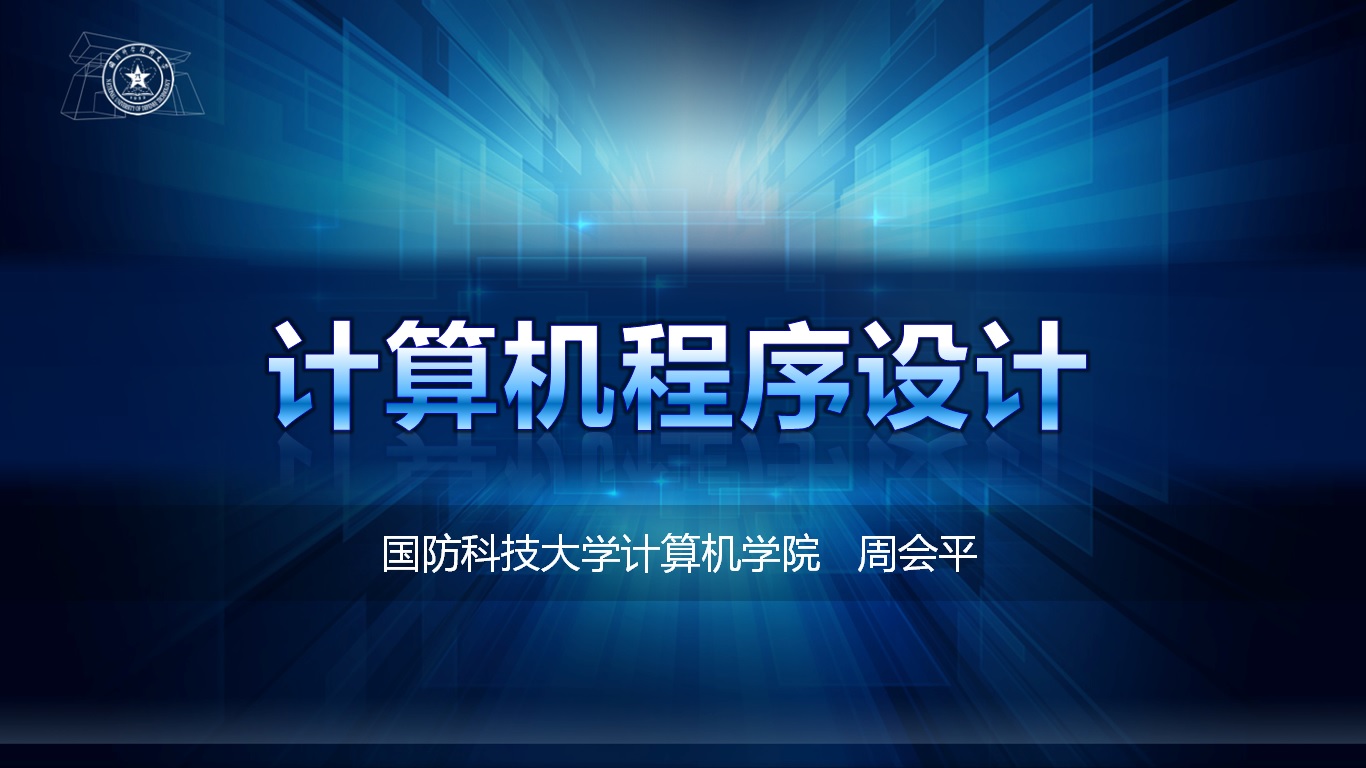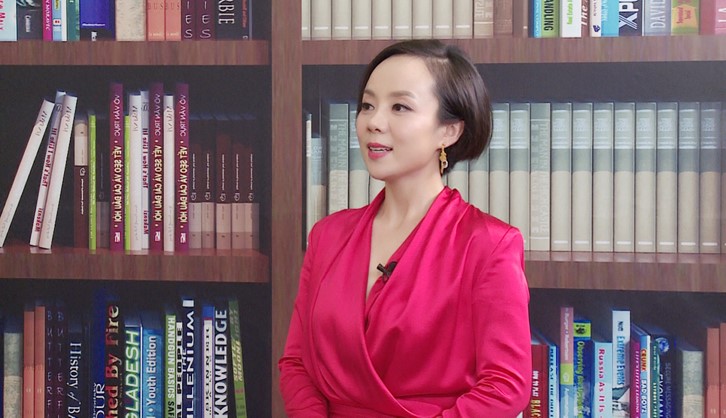
当前课程知识点:翻译理论与实务 > 第四章 Cultural Theories of Translation > 4.2 Polysystem Thoery > 4.2.3 The Application of Polysystem Theory
Try to translate the following piece:
Whoso would be a man must be a nonconformist. He who would gather immortal palms must not be hindered by the name of goodness, but must explore if it be goodness. Nothing is at last sacred but the integrity of your own mind. Absolve you to yourself, and you shall have the suffrage of the world. (SELF-RELIANCE, by Ralph Waldo Emerson)
-Main Issues of Translation Studies
--1.1 The Concept of Translation
--1.2A Brief History of the Discipline
-1.1 The Concept of Translation
-单元测试
-2.1 Main Issues of Translation Studie
--2.1.1 Peter Newmark and the Definition of Translation
--2.1.2 Communicative Translation and Semantic Translation
--2.1.3 The Process of Translation
--2.1.6 The Unit of Translation
--2.1.8 Translation and Culture
--2.1.9 The Translation of Metaphors
--2.1.1 Peter Newmark and Definition of Translation
--2.1.2 Communicative Translation and Semantic Translation
--2.1.3 The Process of Translation
--2.1.6 The Unit of Translation
--2.1.8 Translation and Culture
--2.1.9 The Translation of Metaphors
-2.2 Functional Equivalence
--2.2.1 Nida’s Definition of Translation
--2.2.2 Formal Equivalence and Dynamic Equivalence
--2.2.3 Four Levels of Functional Equivalence
--2.2.4 Application of Functional Equivalence to Chinese Menu Translation
--2.2.5 Application of Functional Equivalence to Brand Name Translation
--2.2.6 Application of Functional Equivalence to Numerical Idiom Translation
--2.2.7 Application of Functional Equivalence to Public Sign Translation
--2.2.8 Application of Functional Equivalence to Business Letter Translation
--2.2.9 Application of Functional Translation to Government Work Report Translation
--2.2.10 Application of Functional Translation to English Business Contract Translation
--2.2.1 Nida's Definition of Translation
--2.2.2 Formal Equivalence and Dynamic Equivalence
--2.2.3 Four Levels of Functional Equivalence
--2.2.4 Application of Functional Equivalence to Chinese Menu Translation
--2.2.5 Application of Functional Equivalence to Brand Name Translation
--2.2.6 Application of Functional Equivalence to Numerical Idiom Translation
--2.2.7 Application of Functional Equivalence to Public Sign Translation
--2.2.8 Application of Functional Equivalence to Business Letter Translation
--2.2.9 Application of Functional Equivalence to Government Work Report Translation
--2.2.10 Application of Functional Equivalence to English Business Contract Translation
-单元测试
-Functionalist Translation Theories
--3.1 Introduction to Functionalist Translation Theory
--3.4 Translation Action Theory
--3.5 Functionality plus Loyalty Theory
--3.6 Application of Skopos Theory to Soft News Headline Translation
--3.7 Application of Skopos Theory to Government Work Report Translation
--3.8 Application of Skopos Theory to Tourism English Translation
--3.9 Application of Skopos Theory to Pharmaceutical Instruction Translation
--3.10 Application of Skopos Theory to English Advertisement Translation
-3.1 Introduction to Functionalist Translation Theory
-3.4 Translation Action Theory
-3.5 Functionality plus Loyalty Theory
-3.6 Application of Skopos Theory to Soft News Headline Translation
-3.7 Application of Skopos Theory to Government Work Report Translation
-3.8 Application of Skopos Theory to Tourism English Translation
-3.9 Application of Skopos Theory to Pharmaceutical Instruction Translation
-3.10 Application of Skopos Theory to English Advertisement Translation
-单元测试
-4.1 Susan Bassnett's Cultural Translation Theory
--4.1.1 An Introduction to Susan Bassnett
--4.1.2 Susan Bassnett's Cultural Translation Theory
--4.1.3 Evaluation of Susan Bassnett's Cultural Translation Theory
--4.1.4 Application of Susan Bassnett's Cultural Translation Theory
--4.1.1 An Introduction to Susan Bassnett
--4.1.2 Susan Bassnett's Cultural Translation Theory
--4.1.3 Evaluation of Susan Bassnett's Cultural Translation Theory
--4.1.4 Application of Susan Bassnett's Cultural Translation Theory
-4.2 Polysystem Thoery
--4.2.1 An Introductionto Even-Zohar and the Background of Polysystem Theory
--4.2.2 An Introduction to Polysystem Theory
--4.2.3 The Application of Polysystem Theory
--4.2.1 An Introductionto Even-Zohar and the Background of Polysystem Theory
--4.2.2 An Introduction to Polysystem Theory
--4.2.3 The Application of Polysystem Theory
-单元测试
-5.1 Eco-translatology
--5.1.1 Eco-Translatology - Inception and Development
--5.1.2Research Areas of Eco-Translatology
--5.1.3 Translational Ecosystem
--5.1.4 Translation as Eco-balance
--5.1.5 Translation as Textual Transplant
--5.1.6 Translation as Adaptation and Selection
--5.1.7 Three-dimensional Transformations
--5.1.8 Eco-translation Strategies and Methods
--5.1.9 The Application of Eco-translatology in Tourism Translation
--5.1.10 The Application of Eco-translatology in Advertising Translation
--5.1.3 Translational Ecosystem
--5.1.4 Translation as Eco-balance
--5.1.5 Translation as Textual Transplant
--5.1.6 Translation as Adaptation and Selection?
--5.1.7 Three-dimensional Transformations
--5.1.9 The Application of Eco-translatology in Tourism Translation
--5.1.10 The Application of Eco-translatology in Advertising Translation?
-5.2 Other Translation Theories
--5.2.1 Yan Fu's Translation Theory
--5.2.2 Qian Zhongshu's Translation Theory
--5.2.3 Xu Yuanchong's Translation Theory
--5.2.1 Yan Fu's Translation Theory
--5.2.2 Qian Zhongshu's Translation Theory
--5.2.3 Xu Yuanchong's Translation Theory
-单元测试




